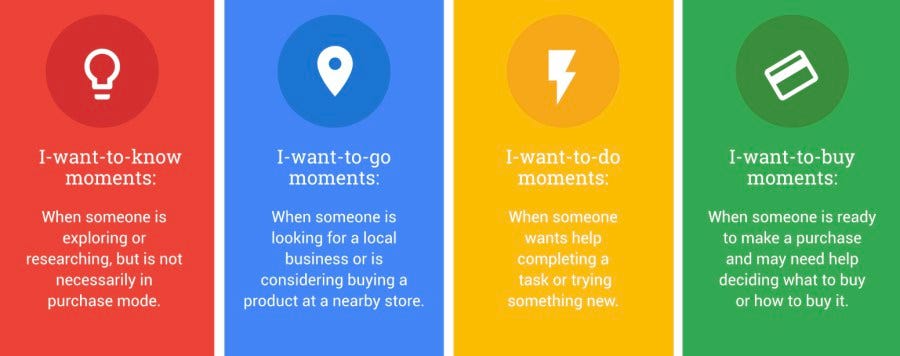Austin-based company ZenBusiness has secured $4.5 million in seed money, thanks to numerous angel investors. The startup is also embarking on the lofty goal of assisting one million businesses get started.
ZenBusiness, which began operations in 2015, helps small business get off on the right foot by assisting with legal documents. The company will inform clients of each and every form required by the state and the reports that have to be filed yearly. This will undoubtedly be a big boon to first-time business owners and entrepreneurs, as the process and requirements of launching a small business differ per state.
The corporate creation and management company is offering a fast, easy and affordable alternative to the complicated process of filing legal and business documents. ZenBusiness will provide clients a set of questions to answer that will determine the business they want to start. The business platform then creates and files all the needed documents for free, except for the state-mandated fees. What's more, this is all accomplished in as little as 48 hours.
Company owners can also avail of the $10 monthly package that lets ZenBusiness become the business' registered agent and allows them to handle “annual filings, franchise tax, all of the red tape around an entity.” The company is also open to paying any potential fines in the event that they have been remiss with any of the documents. The payment will be taken from the $4.5 million seed money from investors Lerer Hippeau, Greycroft, Slow Ventures, Founders Fund, and Revolution's Rise of the Rest.
ZenBusiness founder Ross Buhrdorf explains that their platform and affordable pricing ensures that every small business owner has the “resources and protection they need to turn their business dreams and ideas into reality.” Burhdorf has also set a very lofty goal for the company, that of helping develop one million small businesses by the year 2023. This roughly translates to 2.5 million new jobs for Americans and over $100 billion in income for workers.
[Featured image via Pexels]The post ZenBusiness Wants to Make it Easier for One Million Small Businesses to Get Started by 2023 appeared first on WebProNews.
from
https://www.webpronews.com/zenbusiness-wants-make-easier-one-million-small-businesses-get-started-2023/


 (@jeffbarr)
(@jeffbarr) 